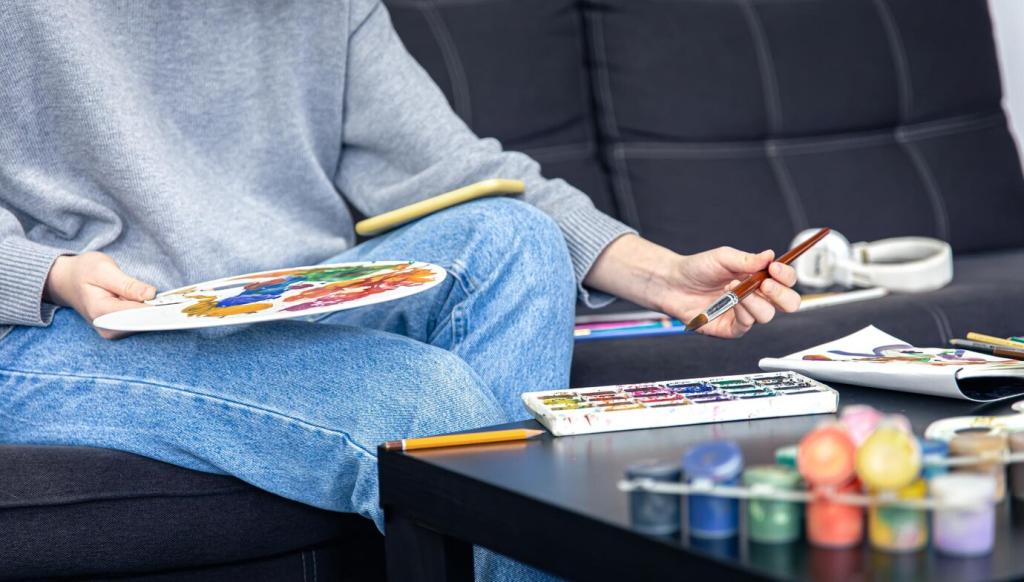Branding with Bite and Warmth
A complementary accent can sharpen a logo’s silhouette and improve recognition at small sizes. Think blue wordmark with an orange mark or red glyph against a green field. I once guided a coffee roaster toward teal–orange; customer recall rose noticeably—share your boldest pairing.
Branding with Bite and Warmth
Analogous families excel across touchpoints: packaging tiers, section headers, and app surfaces. Keep typography and neutrals consistent while allowing neighboring hues to carry hierarchy. Post a three-tier palette where each tier feels distinct yet kin, and tell us why it works.





